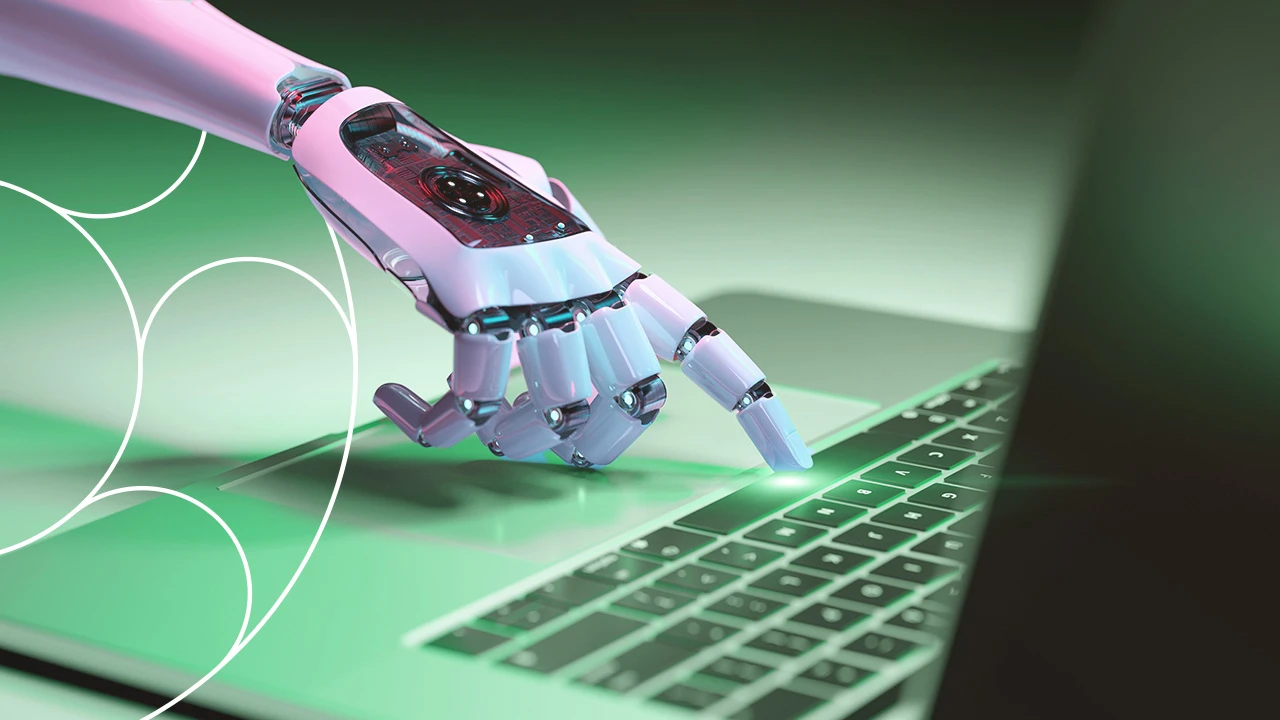Understanding AI Detection
AI Detection refers to the process of identifying whether a written text was created by a human or generated by artificial intelligence tools such as ChatGPT or Bard. With the rapid growth of AI in writing, AI Detection has become an essential part of ensuring originality and credibility. By analyzing language patterns, word choices, and sentence structures, ai detection can highlight text that shows signs of automation.
Why AI Detection Matters
AI Detection is not just a technical feature—it plays a vital role in maintaining trust and authenticity in various fields. From schools to businesses, the need to confirm the originality of written work has never been greater.
Academic Integrity
For educators, AI Detection helps ensure students are submitting their own work rather than relying fully on AI tools. This preserves fairness and encourages genuine learning. Without AI Detection, institutions risk lowering academic standards.
Business & Marketing
Companies rely on trust and unique messaging to connect with customers. AI Detection allows marketing teams to verify that blogs, campaigns, and reports are authentic. This prevents reputational damage and ensures strong engagement with audiences.
How AI Detection Works
AI Detection tools scan documents and check for predictable word sequences and unnatural structures. Unlike humans, AI tends to produce highly logical and patterned writing. AI Detection identifies these patterns and flags possible machine-generated content.
Key Features of AI Detection Tools
- Probability scores showing AI likelihood
- Real-time text scanning for accuracy
- Integration with plagiarism checking tools
- Usability for essays, reports, blogs, and emails
AI Detection for Students and Teachers
In classrooms, AI Detection has become essential. Students sometimes turn to AI tools for assignments, but AI Detection ensures academic integrity by spotting such cases. Teachers benefit by having more confidence in grading, while students are encouraged to improve their critical thinking and writing skills.
Preserving Academic Standards
AI Detection ensures that degrees and certifications retain their value. Without it, academic credibility could be questioned, especially as AI writing becomes more advanced.
AI Detection in Business & SEO
In digital marketing, search engines like Google value originality. Publishing auto-generated content without verification can lead to ranking penalties. AI Detection helps marketers filter out low-quality or repetitive text, ensuring better SEO performance and stronger brand trust.
Protecting Brand Credibility
Businesses using blogs, ads, or reports benefit from AI Detection because it helps maintain originality. This way, readers receive authentic insights instead of machine-style articles that could weaken brand identity.
Free AI Detection Options
Many free AI Detection tools are available online. These services are popular among students, teachers, and marketers who need quick verification. While free versions may lack full accuracy, they still provide valuable insights into whether text may be AI-generated.
AI Detection vs Plagiarism Detection
It is important to understand that plagiarism detection and AI Detection are different. Plagiarism tools compare content with published sources, while AI Detection looks for machine-generated patterns. Using both ensures maximum originality and reliability in written work.
Future of AI Detection
As AI writing grows more advanced, AI Detection tools will continue to evolve. New algorithms are being designed to catch subtle automation cues. By 2025 and beyond, AI Detection will remain a necessary safeguard for schools, businesses, and digital publishers.
Conclusion
AI Detection plays a critical role in protecting authenticity in education, business, and marketing. From preventing plagiarism in schools to strengthening SEO strategies, AI Detection ensures originality and credibility. As AI technology expands, adopting AI Detection will remain essential for maintaining trust in written content.



